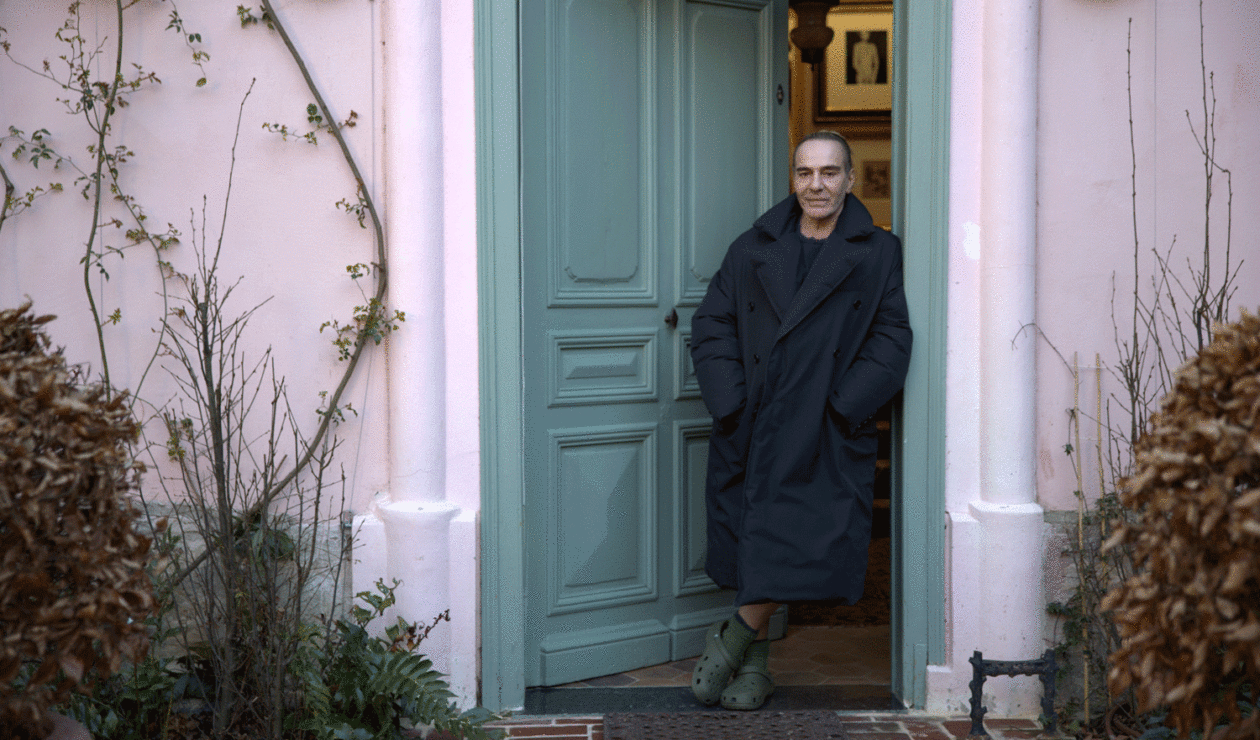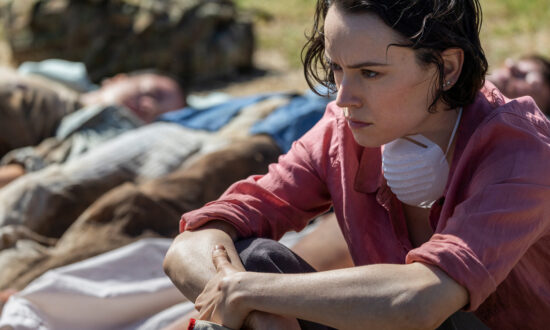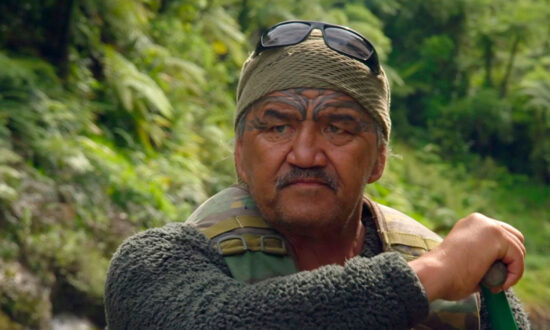High & Low is not the morality fable you might expect of a struggling gay boy in South London who became a fashion titan and flew too close to the sun. The story veers unexpectedly into the bigger mystery of who it is we hide within us, because John Galliano, speaking to the camera and sober for more than a decade, still does not know why he did what he did.
There is no coyness about getting to the moment in 2011 when, as Dior’s head designer, Galliano, a drunk alcoholic on prescription drugs turning out 32 collections a year, used anti-Semitic, racist slurs to insult a complete stranger (who was not even Jewish) in his favourite French bar, La Perle. It plays out in blurred video footage before even the credits roll. Asked about the “incidents”, he is genuinely shocked. You mean there was more than one? He didn’t know.
Galliano is sacked from Dior and undergoes social exile along with arrest and a 6000-euro fine. The lead-up to this moment, to which the first half of this documentary is devoted, is immediately alive with interest because his massive talent becomes the context for his fall. Unlike Dior and Balenciaga – both also the subjects of recent documentaries – Galliano is still here, on camera and ready to talk.
Born in Gibraltar to a loving mother and distant father, he grew up in London and went to Central Saint Martins college at the same time as fellow disruptor Alexander McQueen. Galliano’s 1984 graduation show, Les Incroyables, was described as one of the best five fashion shows that journalist Hamish Bowles had ever seen. Galliano, shy and fresh-faced, presented a New Romantics look with high collars and breeches, bows and waistcoats. The clothing was tailored, reversible and genderless, and Galliano exploded onto the scene.
Director Kevin Macdonald (Whitney, The Last King of Scotland) stays out of the picture but inserts a few too many clips from the 1927 film Napoleon, whose tricorn and tailored uniform are a clear inspiration, although it’s a comparison Galliano denies. Napoleon is just one of the thousand references that Galliano used in his fantasy storytelling built on masterful tailoring and design. At one point, he holds a piece of fabric to camera and pulls it from top to bottom to make it stretch, then he takes opposite corners and pulls to show how a fabric drapes when cut on the bias – this became his 1994 slip dress that spawned a barely-there look so beloved by Kate Moss.
Galliano’s creations were often towering and unwearable but they were thrilling, hand-made art. He was struggling to pay the rent but won lifelong patrons, including André Leon Talley and Anna Wintour at Vogue. Models including Moss, Naomi Campbell, Linda Evangelista and Christy Turlington did his famous Black Show free because they wanted to be part of the wild ride. His 1996 show, Princess and the Pea, silenced critics and confirmed him as a consummate couturier whose trips to Yemen, India, Egypt and Africa inspired extreme creations. In 1995, Givenchy hired him as head designer in an attempt to invigorate their staid French brand; a year later he was snapped up by Dior (and replaced at Givenchy by McQueen).
As his celebrity grew, Galliano transformed, and from one show to the next he was never the same. His hair was long and brown, then short and platinum. He wore top hats and dyed plaits, smouldering eye make-up and striped pants. He looked like a pirate, a sailor, a fireman in a corset. He wore a ghastly rasta wig and shaved his moustache to a thin line with a triangular goatee. He went from walking down the runway to flouncing like a peacock. As the workload intensified, so his drinking increased, even while he worked out. “Is this the body of an alcoholic?” he challenged a friend.

Get InReview in your inbox – free each Saturday. Local arts and culture – covered.
Thanks for signing up to the InReview newsletter.
The psychological complexities take the documentary deeper than a fashion biopic because it is never clear where Galliano’s career-ruining anti-Semitism came from. Then there is the larger question of forgiveness and what it means. He went to rehab in Texas and tried to make amends; he met and talked with Jewish people and studied Judaism as part of a personal journey of redemption that will never end.
At least one of his victims never got over it, even though patrons including Anna Wintour stayed with him, and Kate Moss later the same year asked him to design her wedding dress. Now he is older and humbler and works more quietly for Maison Margiela. On a visit to Dior’s archives in 2022, he inspects with obvious awe some of his early creations, handling them with loving care. His highest moments seem just as hidden from him as his lowest.
High & Low – John Galliano is in cinemas from May 30.
Support local arts journalism
Your support will help us continue the important work of InReview in publishing free professional journalism that celebrates, interrogates and amplifies arts and culture in South Australia.
Donate Here




